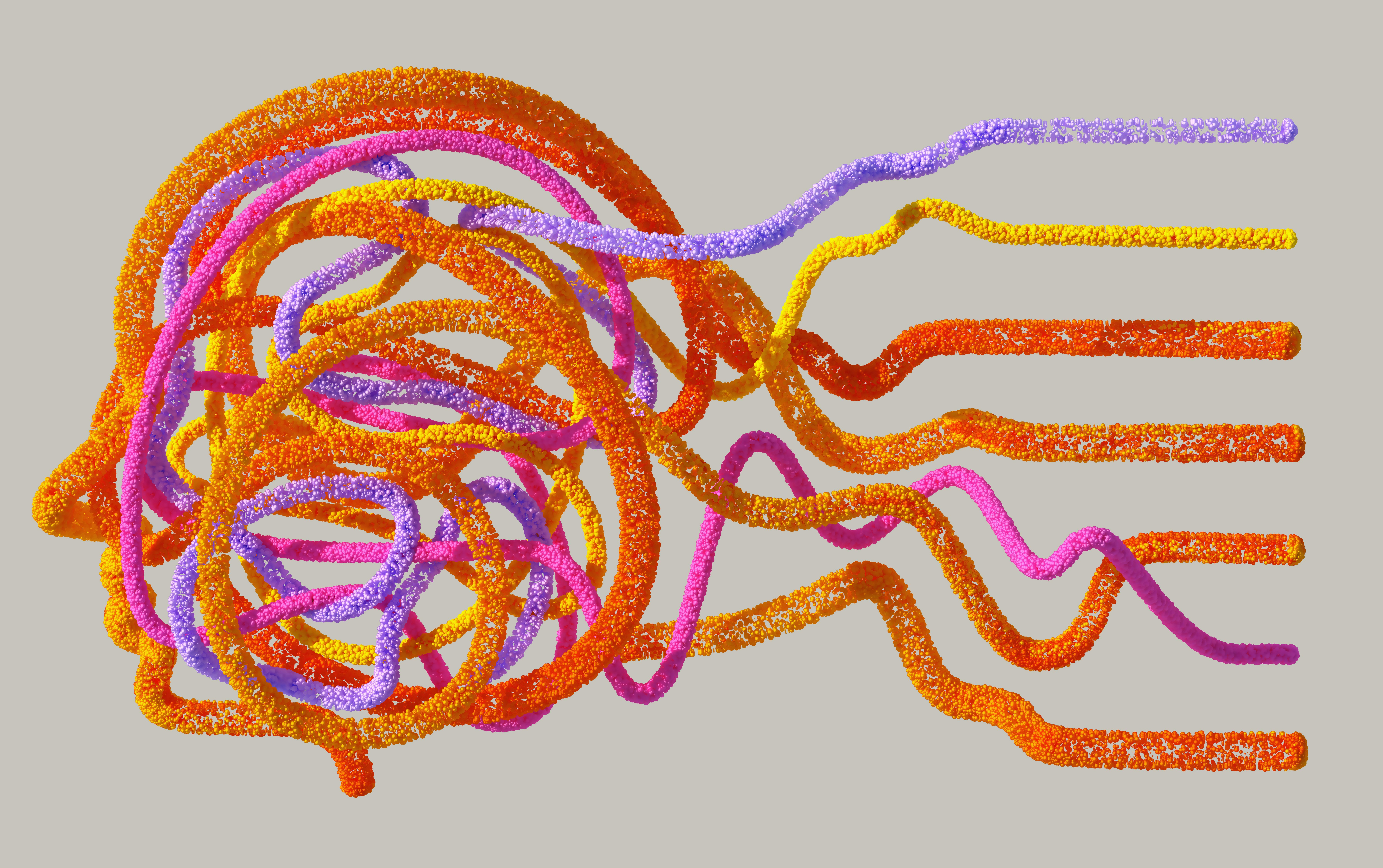
Quantexa Machine‑Learning Jobs in 2025: Your Complete UK Guide to Joining the Decision‑Intelligence Revolution
Money‑laundering rings, sanctioned entities, synthetic identities—complex risks hide in plain sight inside data. Quantexa, a London‑born scale‑up now valued at US $2.2 bn (Series F, August 2024), solves that problem with contextual decision‑intelligence (DI): graph analytics, entity resolution and machine learning stitched into a single platform. Banks, insurers, telecoms and governments from HSBC to HMRC use Quantexa to spot fraud, combat financial crime and optimise customer engagement. With the launch of Quantexa AI Studio in February 2025—bringing generative AI co‑pilots and large‑scale Graph Neural Networks (GNNs) to the platform—the company is hiring at record pace. The Quantexa careers portal lists 450+ open roles worldwide, over 220 in the UK across data science, software engineering, ML Ops and client delivery. Whether you are a graduate data scientist fluent in Python, a Scala veteran who loves Spark or a solutions architect who can turn messy data into knowledge graphs, this guide explains how to land a Quantexa machine‑learning job in 2025.

